One in twelve black hair care products is considered hazardous by the EWG.
You're probably already aware that many commercial beauty products contain harmful chemicals by now.
You're probably unaware, however, of just how many harmful chemicals are hiding out in your everyday products.
Even the natural hair care products that market themselves as natural are chemical latent.
Managing textured hair is tough enough as it is without giving us more problems to worry about. That's why your new natural hair journey begins here, with our list of toxic ingredients to help you avoid mismarketing and damaging products.
So, if you're wondering how to care for natural hair, then keep reading.
Healthier and cleaner hair await!
The Toxic Ingredients Hiding in Natural Hair Care Products
Ladies we need to focus less on how to care for curly hair and more on hair care for curly hair. In other words, our primary concern for curly, frizzy, and naturally textured hair should be its health. The first step to achieving optimum levels of hair health is by ditching the natural hair care products that are filled with toxic chemical ingredients. Instead, opt for safe, organic products to add to your hair routine. They may be a bit pricier, but they'll never cost you as much as something like cancer.
There are hundreds if not thousands of toxic chemicals out there. There's also a lot of miss-information—not to mention greenwashing. If you don't know what greenwashing is, here's the long and short of it: greenwashing is a deceptive form of marketing in the beauty industry. It's a way of labeling products to make consumers think that they are green, aka chemical-free and environmentally friendly.
It's illegal, but that doesn't mean companies don't get away with it. Therefore, attention must be paid. That's why we've rounded up ten of the most toxic ingredients in natural hair care products to get you started. Keep in mind that there are many more out there, and it's up to you to do the research.
1. Benzene

Benzene is a Toluene, which is a colorless liquid hydrocarbon found in coal tar and petroleum. If that's not enough to give you pause, then perhaps this will: According to the World Health Organization (WHO), benzene is incredibly toxic, as it's a known carcinogen linked to cancer and reproductive issues. It's also known to affect our bone marrow, decreasing the production of red blood cells.
It's used as a solvent to dissolve dirt and oil across a number of commercial products, and it's in many of our basic hair care products.
2. Formaldehyde

Formaldehyde is a preservative that has been widely used in natural hair care products to help relax textured hair. It has recently been banned for use in cosmetics by the FDA because it's a known carcinogen as well as an eye and skin irritant that can cause hair loss. It's also linked to asthma among children and individuals with compromised immune systems.
So, if you find yourself sneezing or tearing up in the shower, the formaldehyde in your natural hair care products may be the culprit. There are also other known "formaldehyde releasers" that manufacturers sneak into their hair care products to get around the FDA. Those chemical ingredients include Imidazolidinyl Urea, Diazolidinyl urea, DMDM Hydantoin, Methylene Glycol, Quaternium-15, and Sodium Hydroxymethylglycinate.
They're called formaldehyde releasers because they release formaldehyde when heated—and there's probably more out there that we don't know about yet.
3. Dimethicone
![]()
Dimethicone is a silicone-based ingredient found even in the best hair care products. Its reason for existence is to smooth over the hair cuticle to tame frizz and add sheen. It does this so well that it suffocates the hair and scalp, causing irritation. Since it's not water-soluble, it's very hard to remove, causing it to build-up on your scalp.
It's also a known endocrine disrupter that has been linked in infertility and uterine cancer. Trust us, there are better ways to smooth and define your curls.
4. Sodium Lauryl Sulfate

Sodium Lauryl Sulfate (SLS) is considered "moderately hazardous" by the EWG's Skin Deep Cosmetic Safety Database. By "moderately hazardous" they mean that it's linked to cancer, neurotoxicity, organ toxicity, endocrine disruption, and skin and respiratory irritation.
It's typically used as a foaming agent in shampoos and soaps, and it's good at dissolving dirt and oil. It's also good at striping your natural curls of all their dignity, causing them to lose definition and become prone to breakage. It's also toxic to aquatic life, so for the sake of your beautiful curls, your health, and the fishes, steer clear of SLS and it's counterparts.
5. Polyethylene Glycol

Polyethylene Glycol is one of the many synthetic petrochemicals (PEGs) found in natural hair care products and dyes. PEGs are responsible for completely stripping your hair and scalp of its natural and protective oils. This PEG, in particular, leaves the skin exposed and vulnerable to bacterial and fungal infections.
Polyethylene Glycol also contains high levels of dioxin, which is a carcinogenic byproduct of the chemical process used to make it.
6. Propylene Glycol

Propylene Glycol is the mother of all PEGs. Its safety is also all widely debated, mainly due to the fact that is doesn't bioaccumulate in the body. Sure, your bodies rid themselves of this petrochemical within 48 hours of absorption, but that doesn't mean it isn't doing any damage during its stay.
You'll find this ingredient in many of the best hair care products on the market. What they don't advertise, however, is that it breaks down the proteins and cellular structure of your hair, and quite effectively. It's also easily absorbed into the skin, where it declares open season on your immune system. From there it can cause neurological, respiratory, and cardiovascular issues.
Once absorbed, it creates a pathway via the skin barrier for bacteria and other harmful ingredients to be absorbed into your body. So to recap, it destroys your hair and your soul.
7. Retinyl Palmitate

Retinyl Palmitate is known as Retinol's nicer cousin. Only it's not nice at all. It's like a synthetic form of Vitamin A—on crack. It's used to enhance the suppleness and sheen of textured hair. It's also mostly derived from Palm Oil, which as we know, isn't the most sustainable practice.
Retinyl Palmitate is another known endocrine disrupter that's linked to cell mutation, tumor growth, and skin and DNA damage when exposed to UV rays. It's also toxic to the reproductive system. So, if you care about the Orangatangs and don't want cancer, avoid this stuff at all costs.
8. Parabens

In Portuguese the term Parabens! means congratulations. In terms of hair care ingredients, however, there's nothing to celebrate here. Parabens are xenoestrogens, which are used as preservatives in many shampoos. They're dangerous because they mimic the estrogen in our cells and are linked to breast cancer, among other things.
If that news isn't bad enough, they're also damaging to the hair and scalp. They cause dryness, irritation, premature scalp aging, and hair loss. They also have pseudonyms to help them hide within ingredient lists—butylparaben, methylparaben, propylparaben, ethylparaben, and isobutylparaben. So, read those ingredient lists carefully.
9. Phthalates

Phthalates are chemicals with the ability to soften PVC plastics and cause reproductive damage—especially in men. That's why they were banned in 2009 in California from the manufacturing of children's toys. In commercialized hair products such as hair sprays, gels, etc., they're used as plasticizers, which add flexibility and hold to hair.
The list of harmful side effects doesn't end at reproductive damage either. Phthalates have been linked to a range of side effects from premature birth to cancer. These also have a whole list of sneaky names that you should become familiar with.
10. Diethanolamine (DEA)
Diethanolamine is used in metalworking fluids for cutting, stamping and die-casting operations as a corrosion inhibitor. In the production of detergents, cleaners, fabric solvents and metalworking fluids, diethanolamine is used for acid neutralization and soil deposition.
Consumers and manufacturers may have questions about the safety of diethanolamine (DEA) and related ingredients in cosmetics. The following information is from the National Toxicology Program (NTP) and FDA.
The NTP completed a study in 1998 that found an association between the topical application of DEA and certain DEA-related ingredients and cancer in laboratory animals. For the DEA-related ingredients, the NTP study suggests that the carcinogenic response is linked to possible residual levels of DEA. The NTP study did not establish a link between DEA and the risk of cancer in humans.
DEA and DEA-related ingredients function as emulsifiers or foaming agents in cosmetics, or to adjust a product's pH (acidity). Based on information filed with FDA's Voluntary Cosmetic Registration Program, it appears that DEA and DEA-related ingredients are used much less frequently in cosmetic products than they were when the NTP completed its study.
Generally speaking, except for most color additives and those ingredients that are prohibited or restricted by regulation from use in cosmetics, a manufacturer may use any ingredient in the formulation of a cosmetic product provided that the ingredient and the finished cosmetic are safe, the product is properly labeled, and the use of the specific substance does not otherwise cause the cosmetic to be adulterated or misbranded under the laws that FDA enforces.
Welcome to Your New Hair Routine
Your natural hair journey doesn't end here. Natural hair care products that are safe and effective do exist. All you have to do is a little bit of research. That doesn't mean you'll have to spend countless hours learning about each individual ingredient. You'll just have to find reputable brands that say what they mean and mean what they say.
So, if you're wondering how to care for natural hair the right way, we've got all the products you need for healthy hair in one place. Also, feel free to reach out to us with any questions regarding your textured hair or concerns about ingredients. We're here to help, and we care about your health and well being.



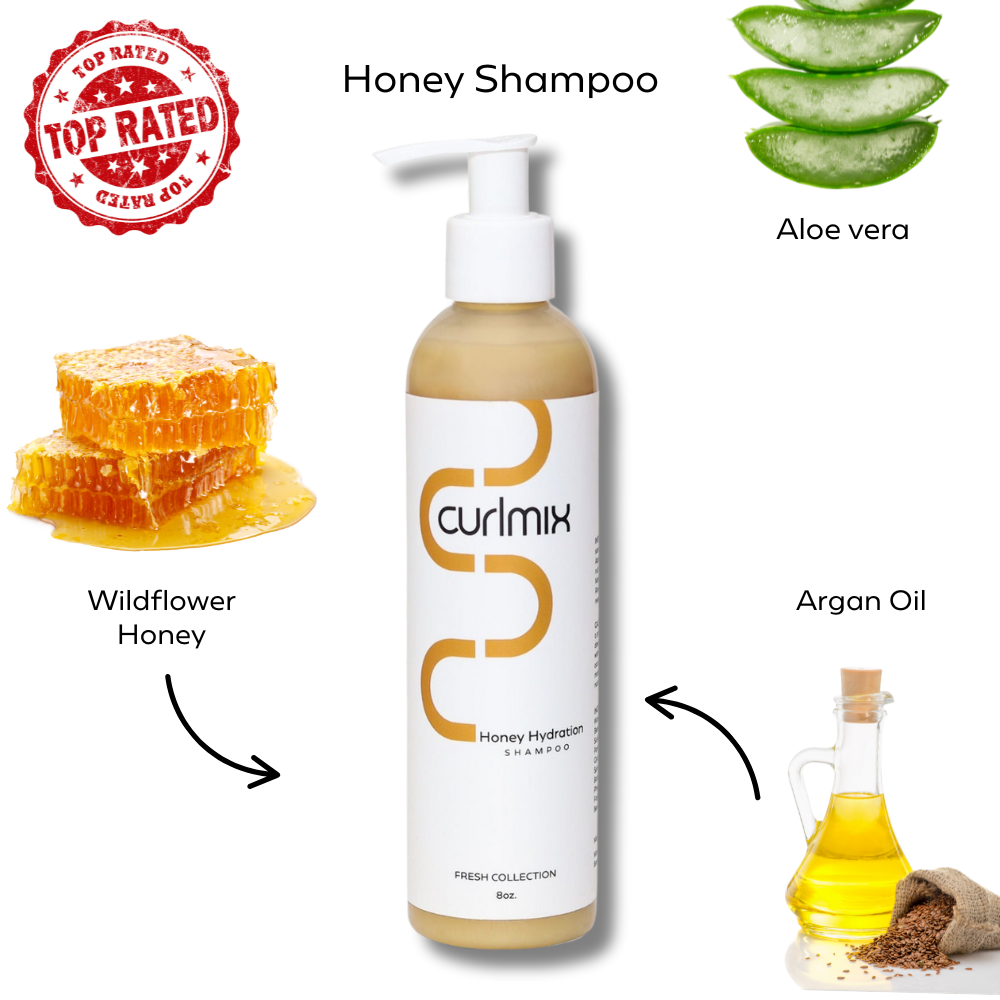
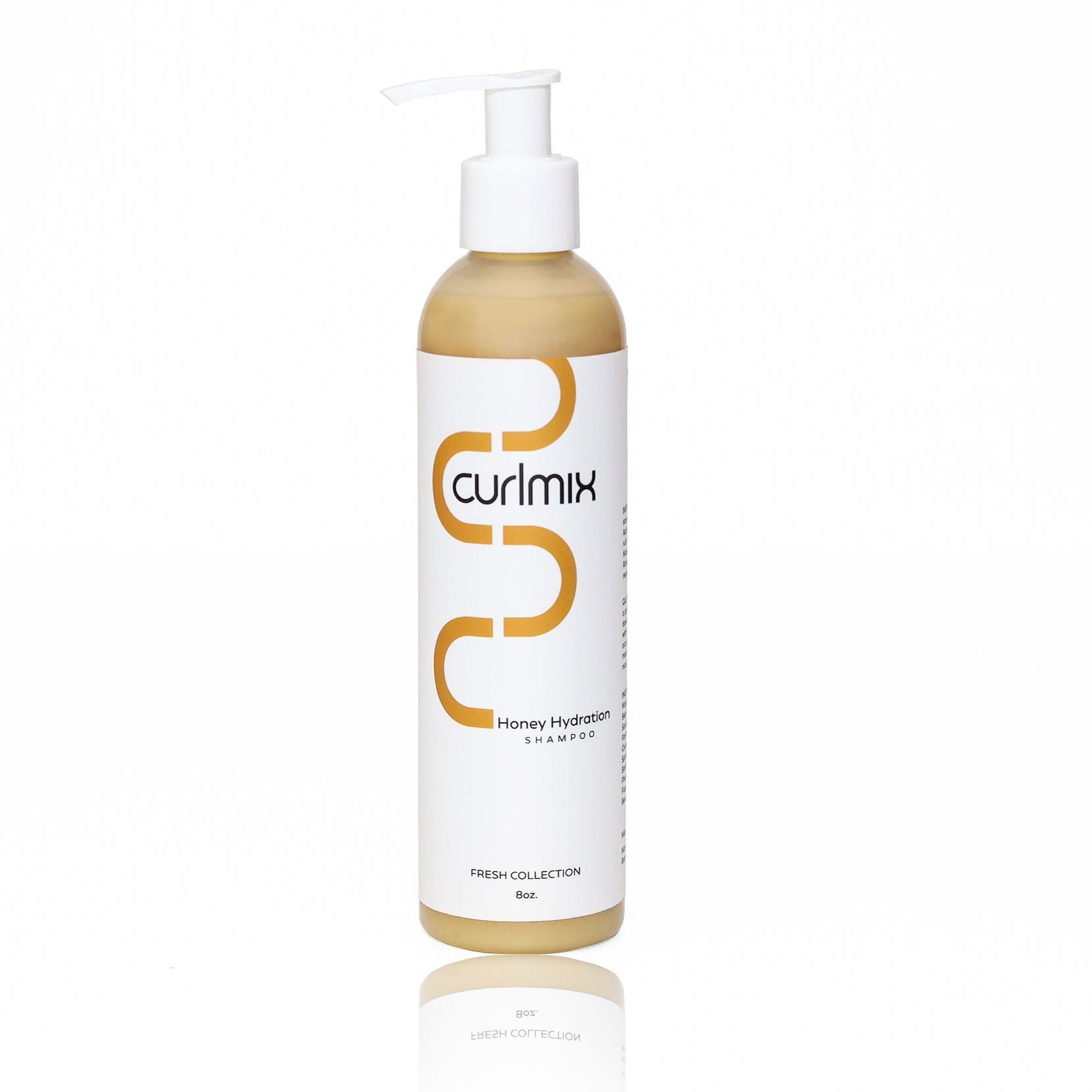
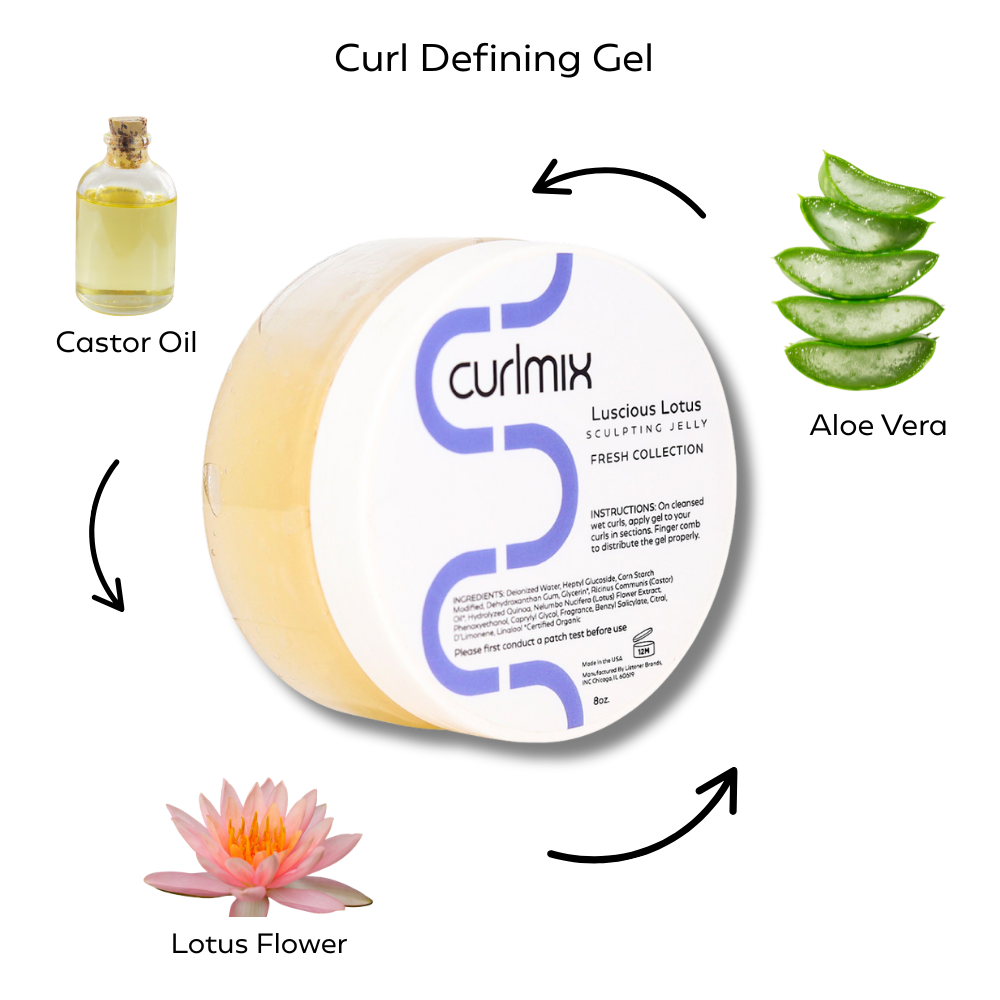



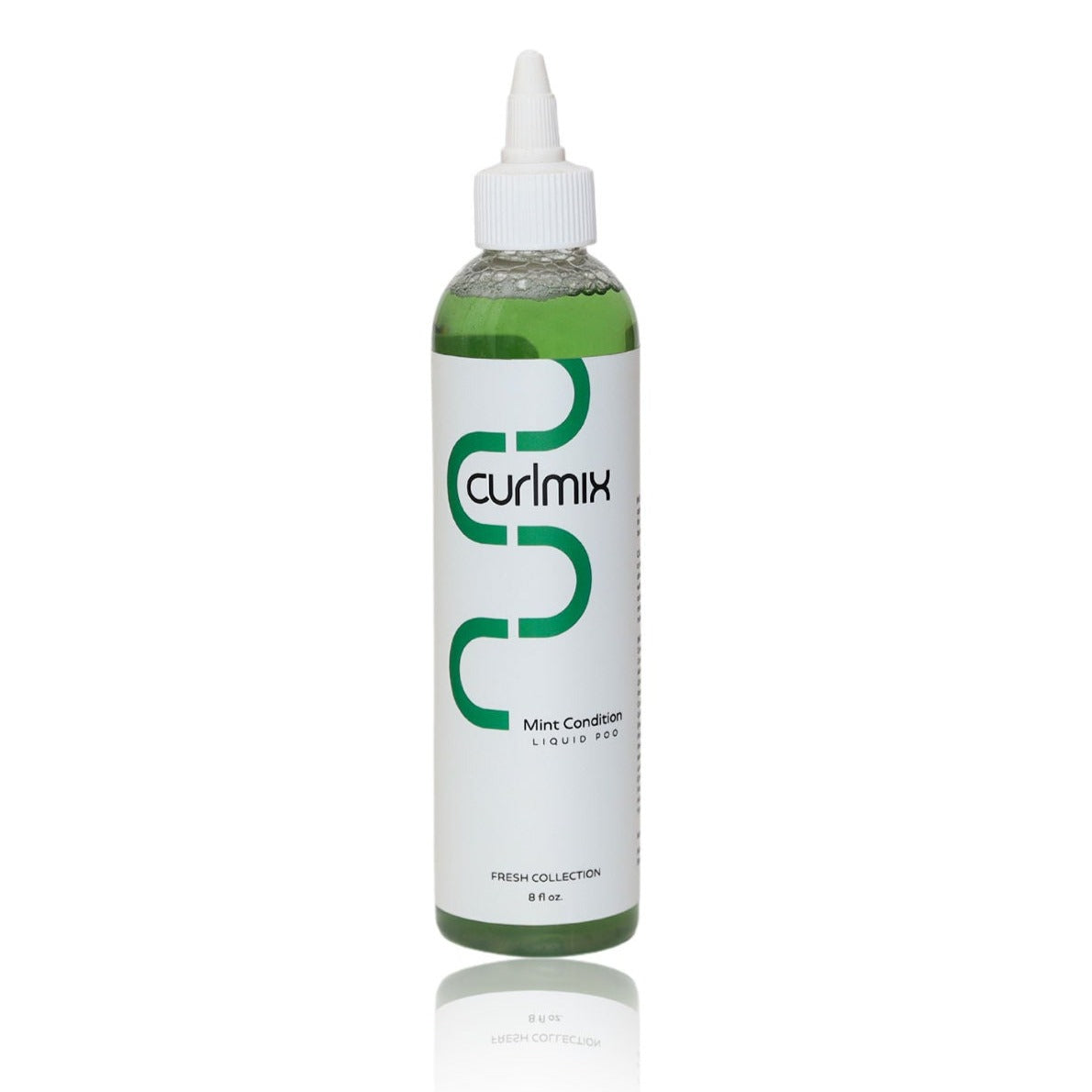
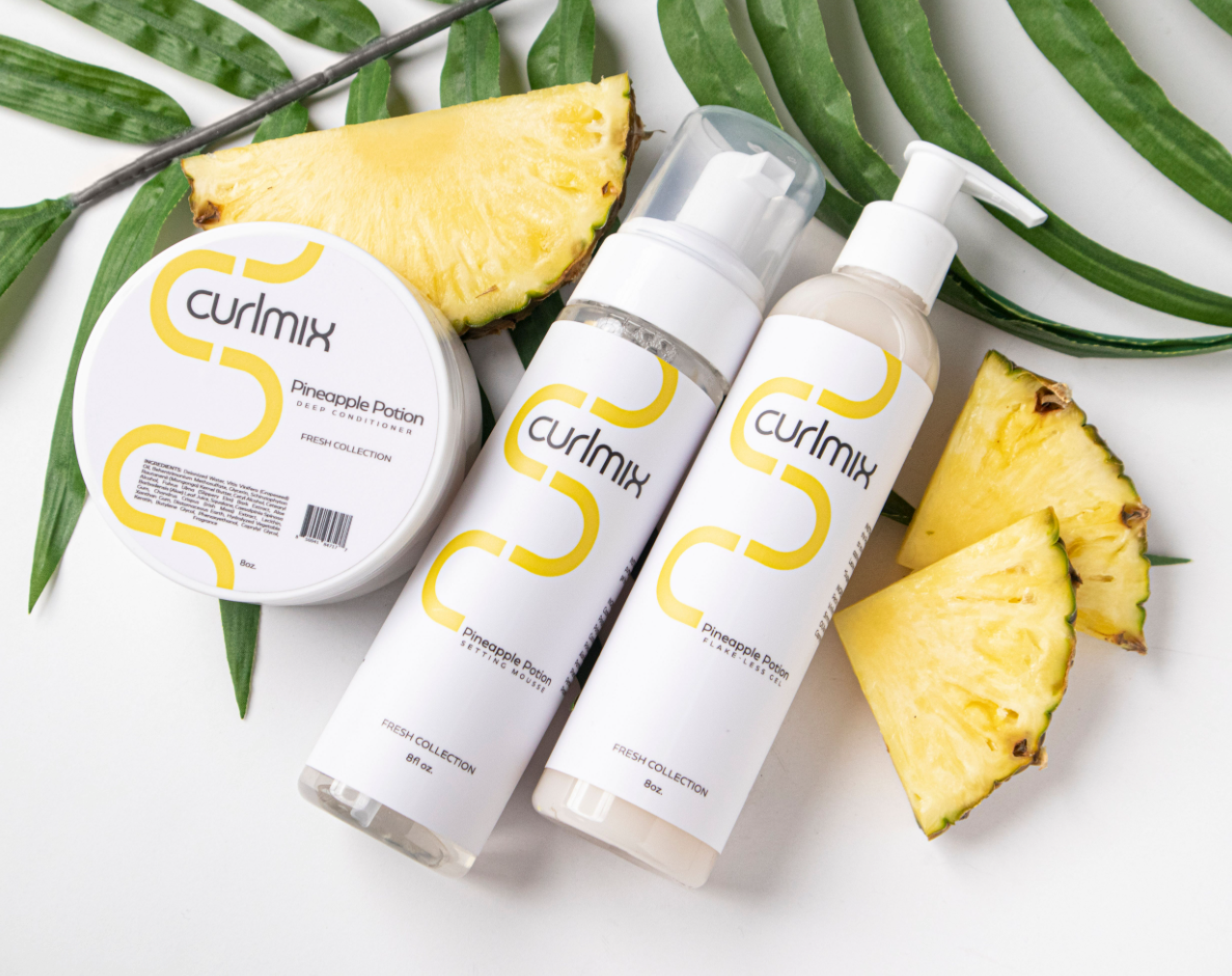
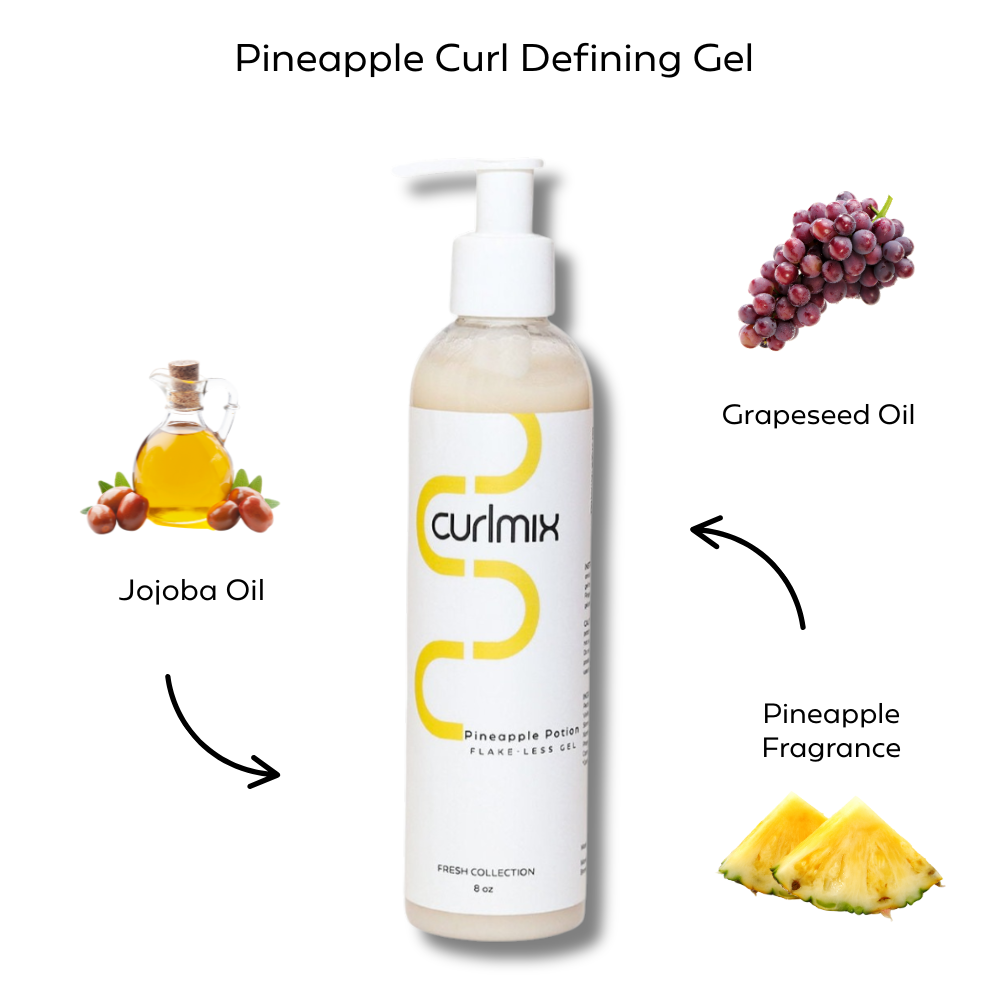

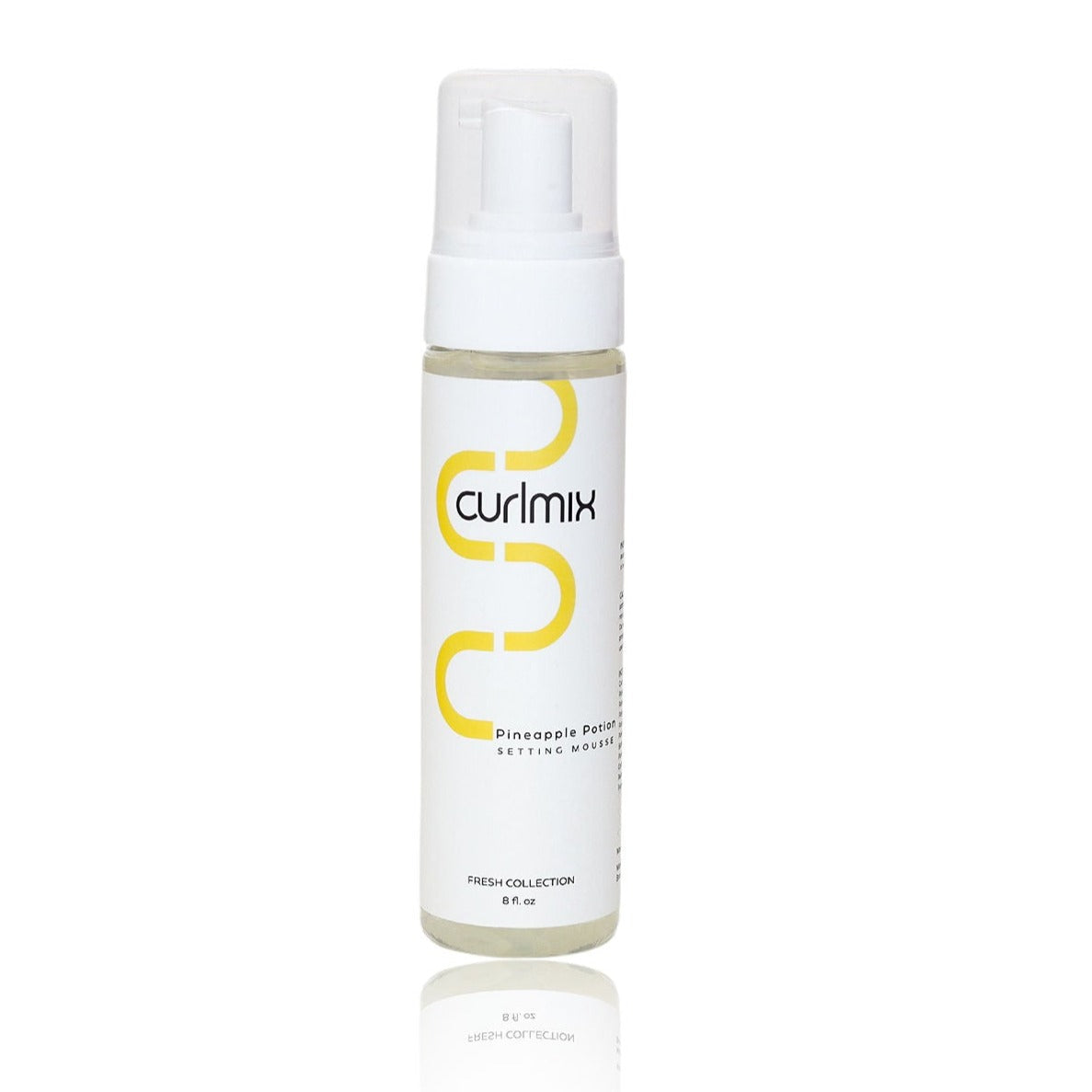
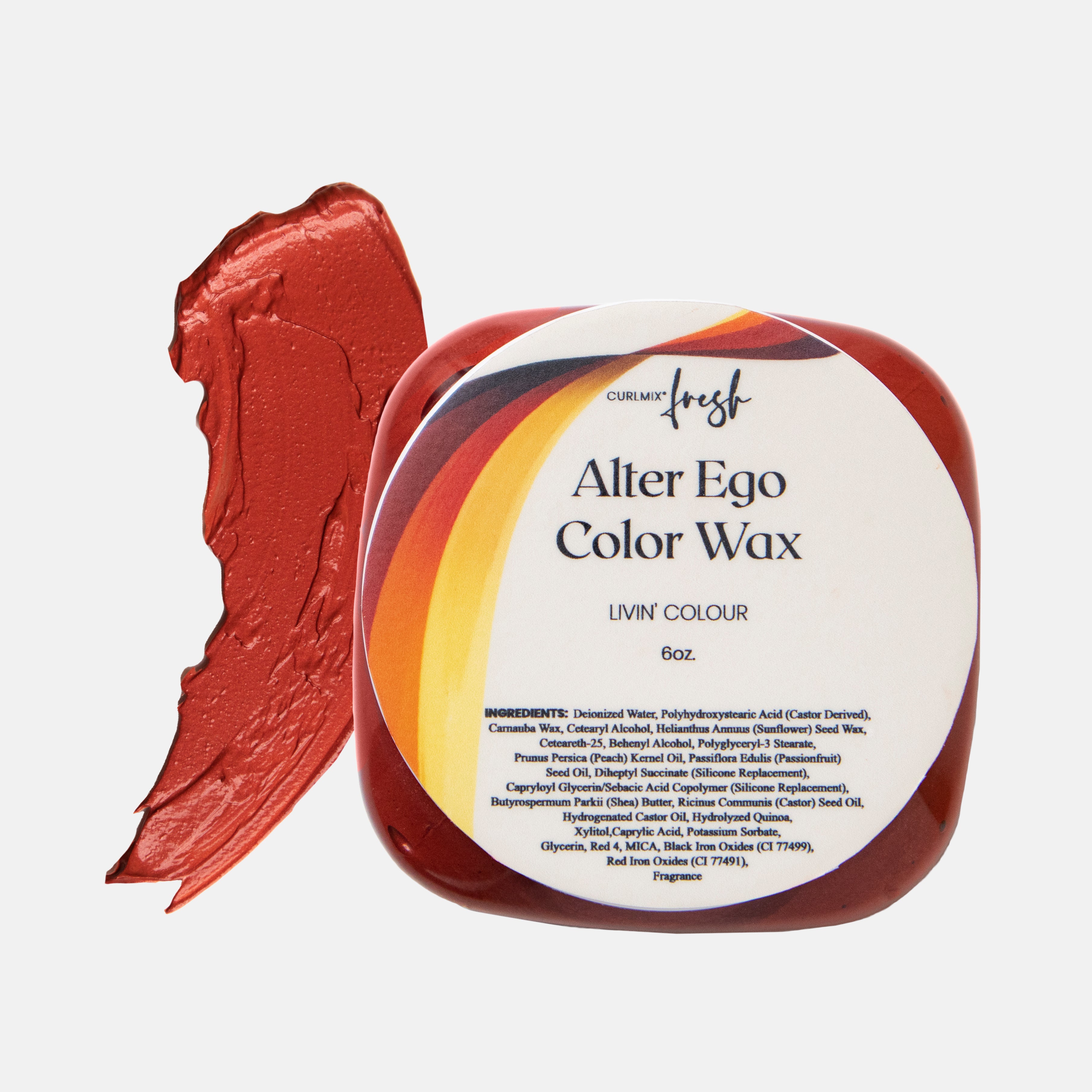
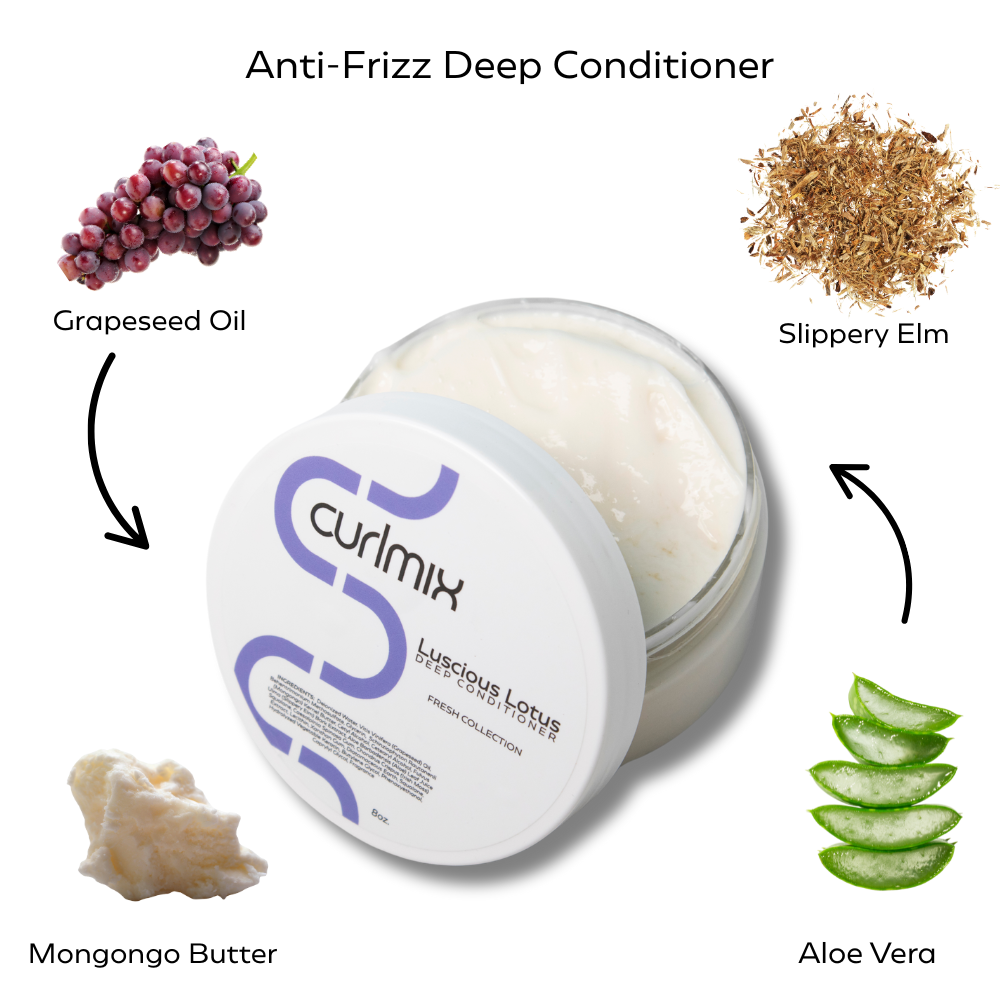
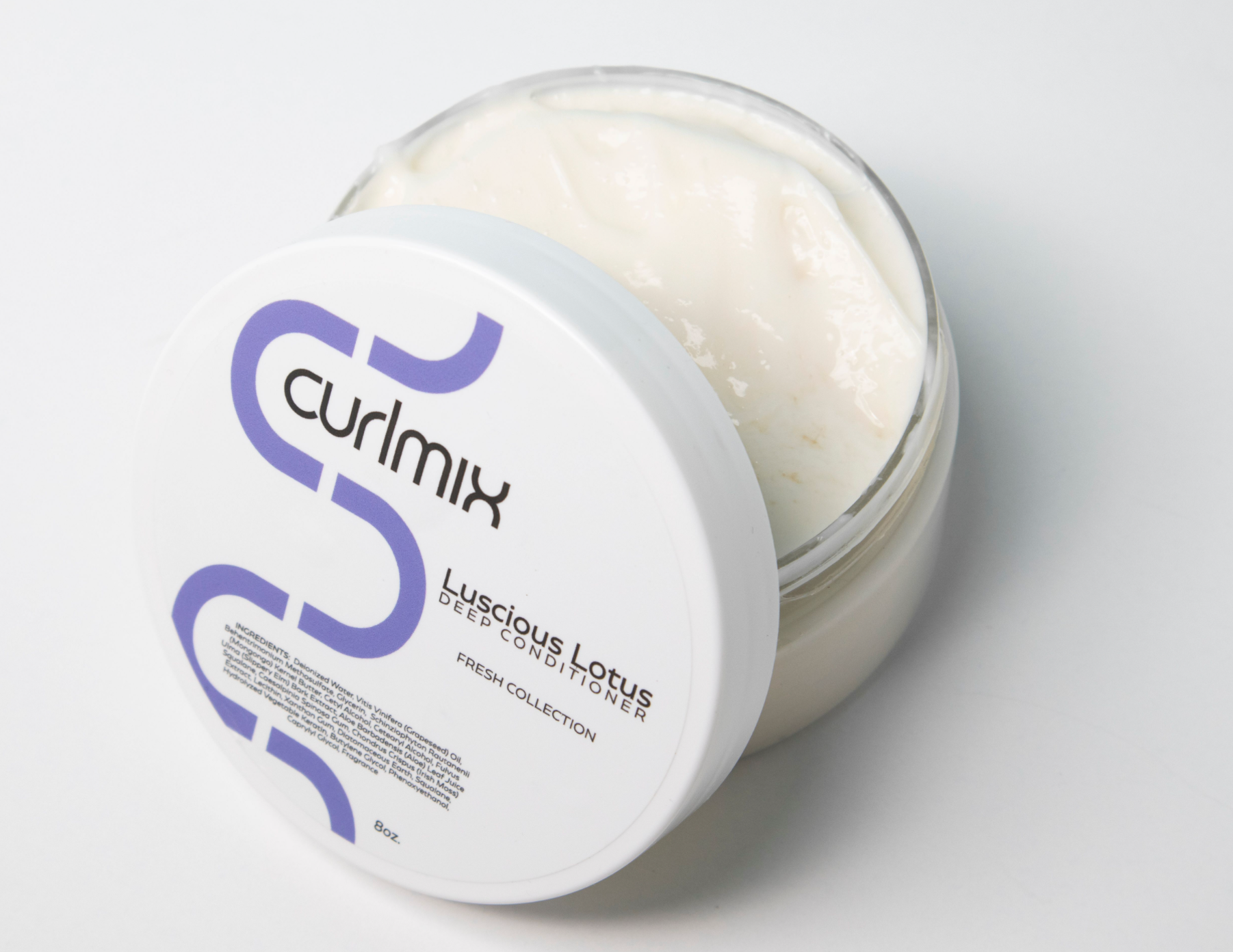
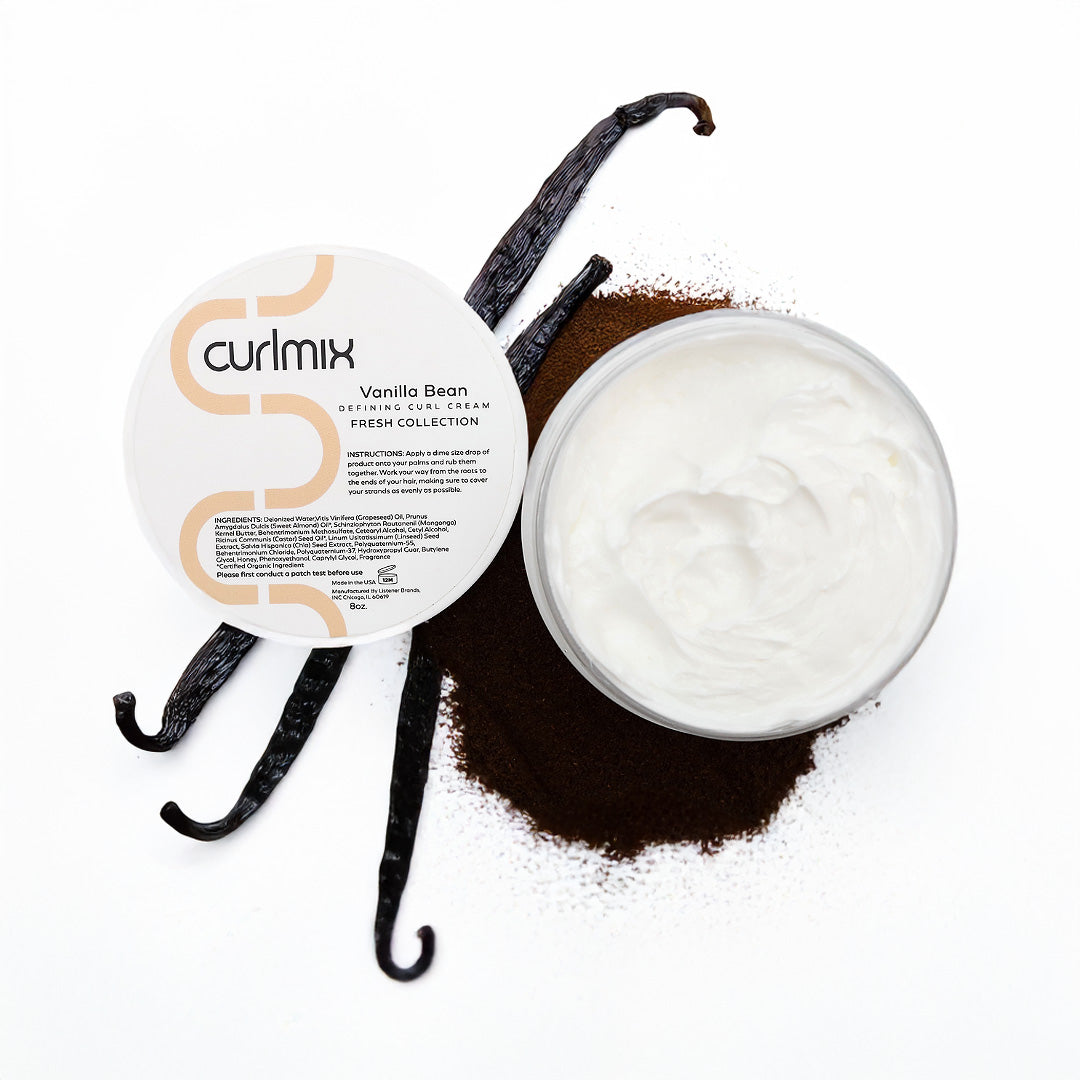

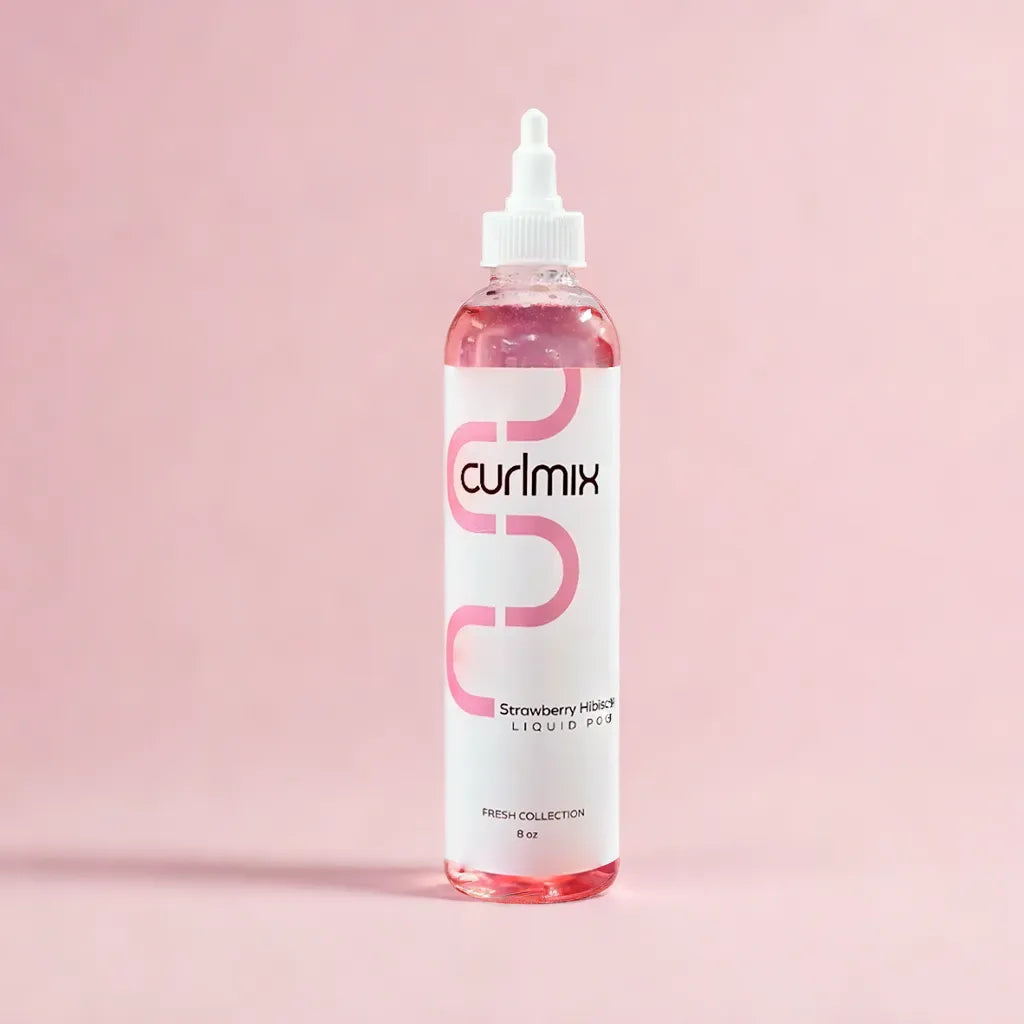

11 comments
So what are the best ingredients found in shampoo, oil or serum?
Leave a comment